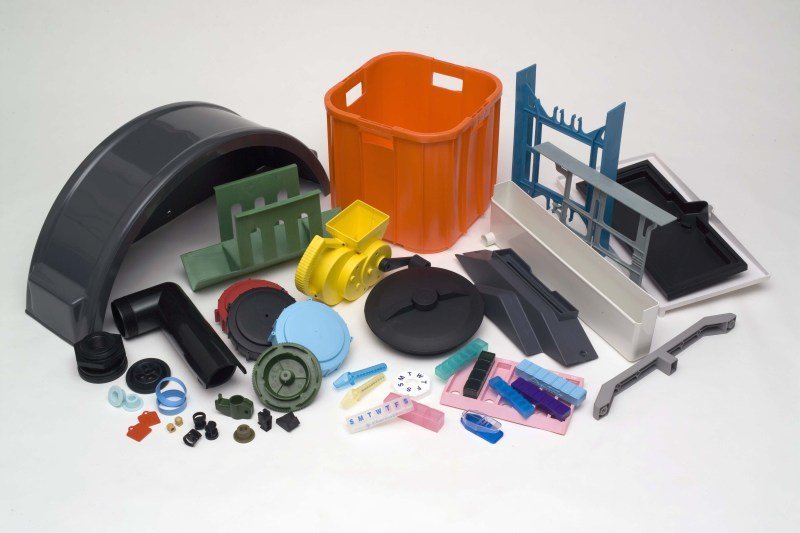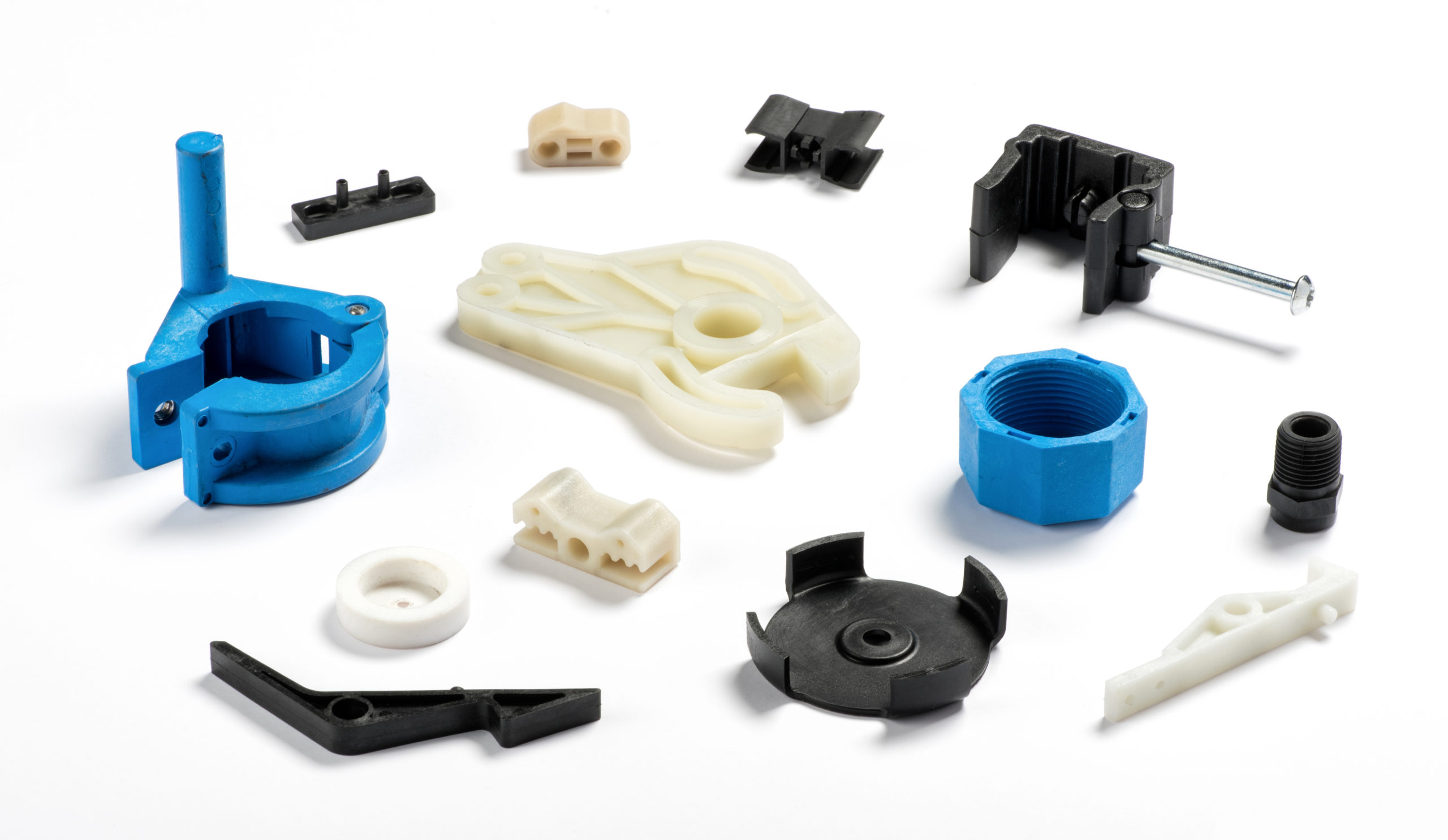Plastic Injection Molding: A Comprehensive Guide to Modern Production Techniques
Plastic Injection Molding: A Comprehensive Guide to Modern Production Techniques
Blog Article
Comprehending the Basics of Plastic Shot Molding Procedures
Plastic injection molding serves as a cornerstone of modern-day production, providing a systematic method to producing intricate components with precision. This process not just incorporates the basic actions of melting and infusing products right into mold and mildews yet also involves a nuanced understanding of various affecting factors, such as temperature and stress. As sectors increasingly demand effectiveness and quality, the intricacies of this method come to be much more essential. Checking out these necessary aspects might reveal just how even minor adjustments can lead to substantial improvements in manufacturing outcomes, increasing inquiries concerning the capacity for technology in this well-known process.
What Is Plastic Injection Molding?
Plastic shot molding is a widely made use of manufacturing procedure that changes thermosetting and thermoplastic products right into accurate and complicated forms. This method is favored for its capacity to create high quantities of similar get rid of exceptional accuracy, making it an indispensable technique in different industries, including automobile, durable goods, and clinical gadgets.
The process includes melting the picked plastic product and infusing it right into a mold and mildew under high pressure. The mold, created to the specifications of the wanted component, allows the molten plastic to form as it solidifies and cools. As soon as the product has actually hardened, the mold and mildew is opened, and the ended up element is ejected.
Plastic shot molding supplies several advantages, consisting of reduced waste, uniformity in production, and the capability to integrate elaborate layouts that may be testing with various other producing approaches. Additionally, it sustains a wide series of products, each providing unique residential or commercial properties that can be tailored for specific applications. As industries remain to innovate, plastic shot molding continues to be at the center, making it possible for the development of advanced products that meet developing customer demands.
The Injection Molding Process
The injection molding procedure is an innovative method that includes a number of crucial phases to produce high-quality plastic components. Plastic pellets are fed right into a heated barrel where they are thawed right into a viscous liquid. This molten plastic is after that infused under high stress right into a precision-engineered mold and mildew, which forms the product right into the wanted form.
As soon as the mold and mildew is loaded, the plastic is enabled to cool and strengthen, taking the form of the mold and mildew dental caries. Cooling time is crucial, as it influences the cycle time and the final properties of the molded component. After enough air conditioning, the mold and mildew opens, and the ended up element is expelled utilizing ejector pins.

Materials Used in Shot Molding
Different materials can be used in the shot molding process, each offering distinct residential properties that provide to particular applications. The most generally used materials consist of thermoplastics, thermosetting plastics, and elastomers.

Thermosetting plastics, like click resources epoxy and phenolic materials, undertake a chemical adjustment throughout the curing procedure, causing a stiff, stringent framework. These materials are perfect for applications calling for high warmth resistance and architectural stability, typically made use of in electric insulators and auto components.
Elastomers, consisting of silicone and rubber-based products, give versatility and strength. Their distinct residential properties make them ideal for applications that require flexibility, such as gaskets and seals.
Furthermore, specialized materials like bio-based plastics and compounds are getting traction for their ecological benefits and improved performance characteristics, widening the range of injection molding applications in numerous markets. Recognizing the properties of these materials is important for selecting the appropriate kind for specific tasks.
Advantages of Injection Molding
Shot molding stands apart as a highly efficient manufacturing process that offers countless benefits for generating complicated components with precision. Among one of the most significant advantages is the capacity to create detailed layouts that would be tough or difficult to attain with other techniques (Plastic Injection Molding). The process permits limited resistances and reference in-depth attributes, making sure top notch components
In addition, shot molding is recognized for its quick manufacturing capacities, making it a perfect choice for high-volume production. As soon as the mold is created, components can be produced promptly, decreasing preparations and enhancing overall performance. This see here efficiency not just lowers manufacturing expenses but likewise provides an one-upmanship in the marketplace.
The adaptability of products made use of in injection molding additionally enhances its charm. A wide variety of thermoplastics and thermosetting polymers can be utilized, enabling makers to pick materials that best satisfy their specific needs, consisting of adaptability, warmth, and stamina resistance.
Additionally, the procedure lessens waste, as excess material can often be recycled and recycled. This sustainability facet contributes to a lowered ecological effect, making shot molding a liable production selection. Overall, the benefits of shot molding make it a recommended technique for lots of markets.
Elements Affecting Product Top Quality
While many elements can influence product high quality in injection molding, understanding these aspects is important for achieving optimum results. Trick elements consist of material option, processing criteria, and mold style.
Product choice plays a vital role, as different polymers exhibit unique properties that influence flowability, strength, and thermal stability. Poor product option can bring about problems such as warping or incomplete filling.
Handling criteria, consisting of pressure, cycle, and temperature time, have to be carefully managed. Variants in these settings can lead to incongruities partially dimensions and surface coating. For example, exceedingly heats might cause deterioration of the polymer, while inadequate pressure can lead to short shots.
Mold and mildew design is similarly vital, as it establishes the flow of the molten plastic and the cooling procedure. Improperly designed mold and mildews may lead to irregular cooling rates, causing dimensional mistakes and recurring stresses.

Final Thought
To conclude, plastic shot molding functions as a vital manufacturing process that makes it possible for the efficient production of high-grade parts. Proficiency of the shot molding procedure, including the understanding of materials and the impact of various elements on item high quality, is crucial for accomplishing optimal outcomes. The benefits of this technique, such as cost-effectiveness and design flexibility, more highlight its value throughout several sectors, solidifying its standing as a preferred selection for high-volume manufacturing.
Plastic shot molding serves as a cornerstone of modern-day manufacturing, supplying a methodical method to generating complicated components with precision.Plastic shot molding supplies several benefits, consisting of lowered waste, uniformity in manufacturing, and the capacity to incorporate elaborate styles that might be testing with various other making techniques (Plastic Injection Molding). As markets continue to innovate, plastic shot molding remains at the leading edge, making it possible for the advancement of innovative items that fulfill developing customer demands
The injection molding process is an advanced technique that includes numerous key stages to generate high-quality plastic parts.In verdict, plastic injection molding offers as a critical production process that makes it possible for the reliable production of premium components.
Report this page